Essays
Where do we start with Jennifer Lee? Perhaps with place. Not a singular place, the bench in her studio at which she works overlooking a tangle of jasmine in her garden. She works with her back to the kiln, a white expanse in front of her, her feet amongst her famous archive of coloured clays, carefully bagged and labelled over thirty years.
Not the place she came from, the Scottish landscape of hills that unfolds gently, the soft light of the North drawing you onwards. Not even the journeys which are part of her working life, the postcards that are received from deserts, strange Italian hill-towns, unlikely bits of the American Southwest, marking her peregrinations with her family. Not even the places that echo in the striations in her vessels, the revealed strata of a riverbank, the crumbling geographies of a fallen tree, an evocation of particularity. They are vessels that are echoes of stones picked up on walks on hillsides and pebbly shores. This, surely, could be a way of starting out to talk about her work? Place as content, place as context?
Some objects shrink in the world, or diminish their surroundings. Others, like Jennifer Lee’s, seem to add.Or perhaps we could look at how Jennifer Lee places her work. She has shown her work across the world, from Tadao Ando spaces in Tokyo, nineteenth century galleries in London and raw minimalist expanses in America. When you see the careful conversation between several of her vessels – as in this exhibition – they have a very particular way of occupying the space in which they sit. They are placed at heights so that you can read the ellipse of a rim, the vertiginous descent towards a base, the running line of a seam of colour between outside and inside. You see one – perhaps a dark olive pot with haloed umber bands – and are captivated by the paler shading around the colours. It looks like light breaking around a cloudscape. Or the gentle markings of damp of a wall in an Umbrian chapel. And then, just as you find yourself carried off, you notice another of the series, a lower bowl made with similar tones of clay. But this one is more geological in feel, more grounded. And this is the moment when you notice the third, taller, more dramatically cut across the rim. And you realise that they work together to create a place between them – a place you want to move in. Most artists care how their work is displayed – it would be perverse not to mind. But few have the sensitivity to know how difficult it is to pace work in a room so that you are compelled to move forwards and then back, caught between seeing the whole and the particular. One of the best definitions of sculpture that I have come upon is that it displaces the air around it, creating a sort of spatial hum. These vessels do. Some objects shrink in the world, or diminish their surroundings. Others, like Jennifer Lee’s, seem to add.
they map imagined worlds. These beautiful things are the embodiment of place, complex and intriguing. Or perhaps we could start with her placing of skill, the way in which she actually makes these lambent objects. ‘Knowing your place’ within ceramics is often connected to presumed utility, utility in its most basic, undemonstrative form. If the job of the maker is to make objects, the job of objects is also to know their place. This is a simple locating of activity as meaning: they are objects that do something, rather than are something. Utility is good goes this argument, because it suggests a tidy ordering of time and intentionality as opposed to the messiness and distraction implicit in more complex objects, or in a more complex attitude to object-making. Are these vessels that know their place? They are questions about skill, not statements about certainties.
So perhaps a place to start talking of Jennifer Lee is the idea of place in her work. I think that her work says that place matters. It is iterative, pulling us between thoughts and perceptions and memories of places that we know, and a completely abstracted idea of place in itself: they map imagined worlds. These beautiful things are the embodiment of place, complex and intriguing.
Edmund de Waal
2010
Reproduced from Liverpool Street Gallery catalogue ©2010.

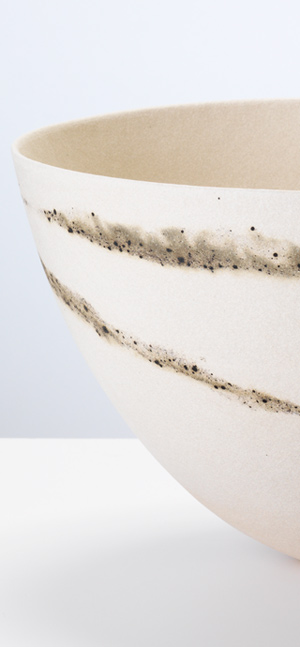
18.3 x 27.5 cm
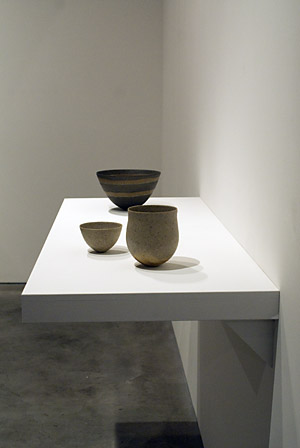
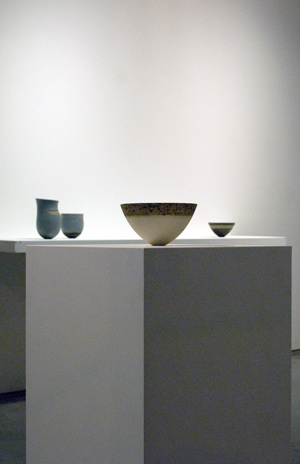
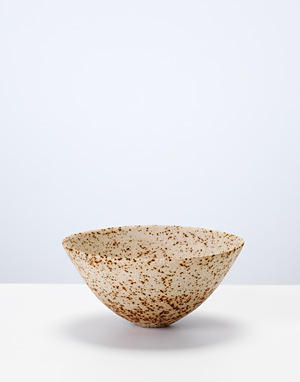
7.2 x 17.6 cm
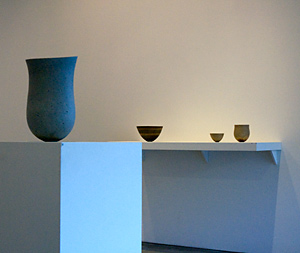
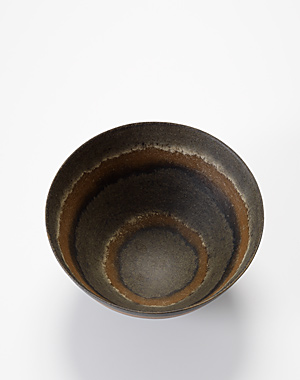
14.9 x 25.7 cm.